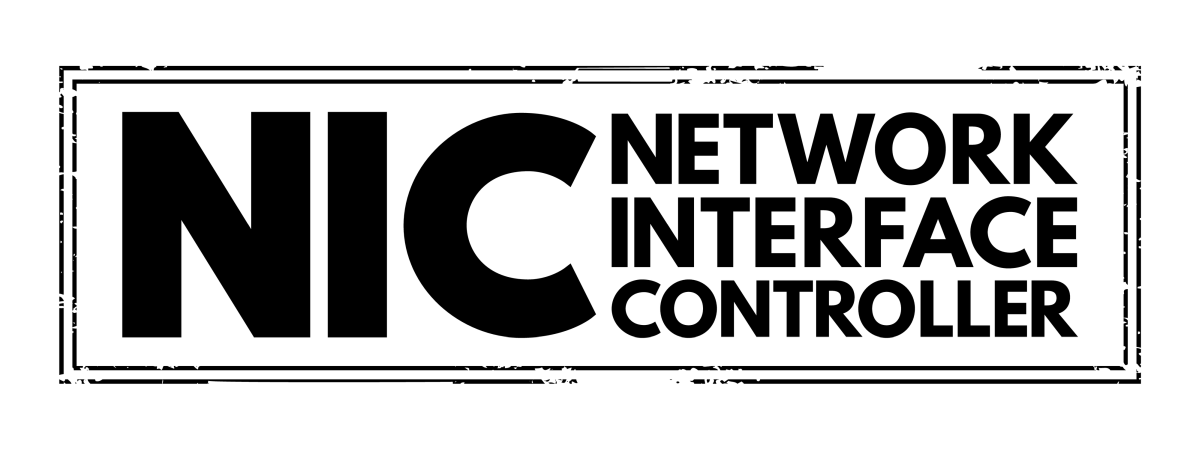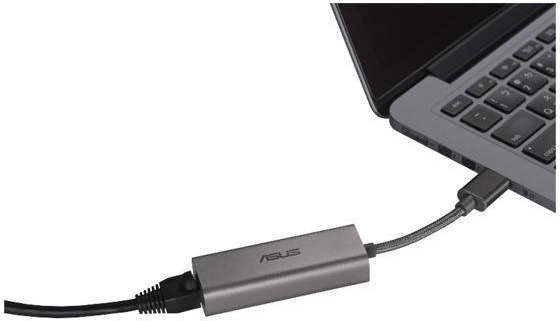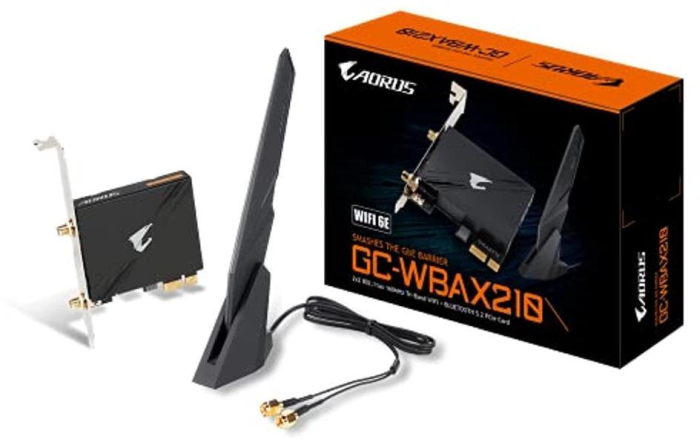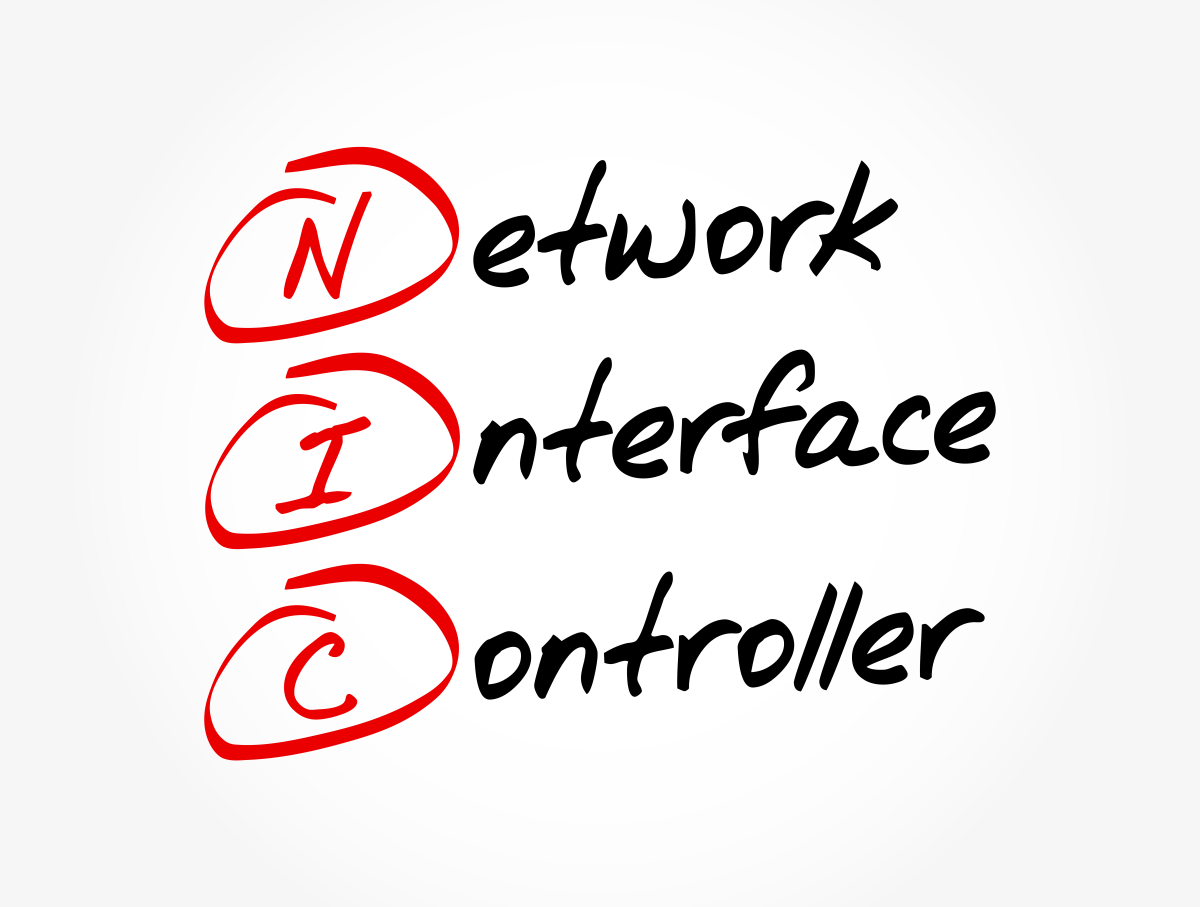
You might wonder what is the point of a network interface controller card (NIC card for short) when a modern motherboard almost always includes an integrated Ethernet socket. Adding a NIC makes sense most often when a motherboard lacks essential wireless functionality.
In terms of speed, a NIC card—also sometimes referred to as a network adapter— can potentially offer faster networking speeds of 10Gbps or even faster. For the average user, a dedicated NIC offers the most value when a motherboard lacks an onboard NIC or the equipped one falls short for one use case or another.
Shop on Newegg: Network Interface Cards
Internal or External?
Network adapters come in two distinct flavors: internal and external.
An internal network adapter installs via PCI-E slot to your motherboard just like a video card or sound card. Since a PCI-E NIC takes advantage of the motherboard’s PCI-E lanes, it can offer the same speed as an onboard adapter. Don’t worry, you won’t need electrostatic gloves, anti-static wrist straps, or mats to install an internal NIC.
Learn more on Insider: What Can a Sound Card Do for Your PC Build?
External NICs utilize a USB slot to provide portability and ease of installation. In years past, external network adapters would be used to add both wired and wireless capability to laptops. However, that use case is largely gone now as nearly all laptops feature wireless capabilities. The downside to an external NIC comes down to throughput: USB 3.0 caps out at 640 MB/s while PCI-E 3.0 reaches 985 MB/s per lane.
For desktop users, the choice between internal or external can come down to whether or not you want to open up the computer. From a performance perspective, an internal network adapter will be faster and offer more speeds.
10 Gigabit+ Ethernet
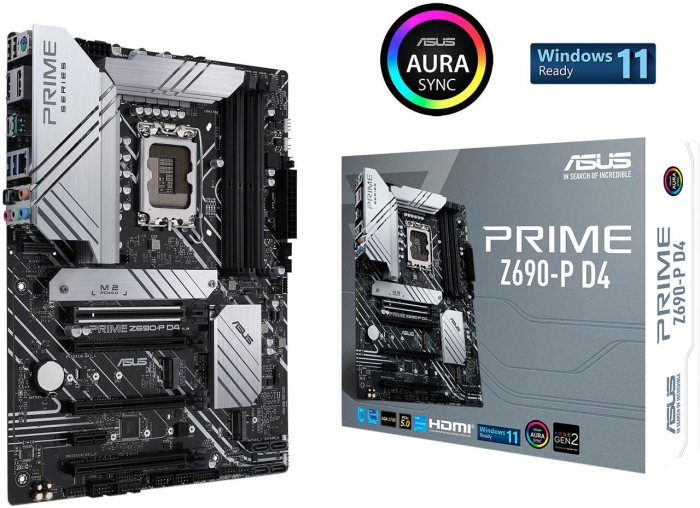
ASUS Prime Z-690-P
For enterprise-users, professionals, and even some niche enthusiast builders, onboard network cards can sometimes fall short on performance. This where a NIC card can bring network connectivity up to speed for your machine.
Even on top-spec gaming motherboards such as the ASUS Z690-P, which comes with Wi-Fi 6 networking capability, only supports 2.5 Gigabit Ethernet. Workstation network cards, however, can reach speeds of up to 100Gbps on the very high end. Often, you’ll find fiber optic network interface cards in the higher tiers of NICs. These cards might use RJ45 sockets, though they may support faster cat 6 or cat 7 standards rather than your standard cat 5e cable. In addition to faster speeds, these NICs may offer additional functionality that won’t be needed outside of a server room.
Beyond RJ45
RJ45 cables can reach transference rates of 1Gbps, but there are some caveats and limitations. For one, the longer the cable, the slower the speed. On the other hand, fiber optic cables can support the same or faster data rates at a much longer distance.
Fiber network interface cards also utilize SFP ports on network switches and routers, which support both copper cables and fiber optic cables. These cables, which come in single-mode and multimode flavors, can offer much faster speeds at much greater distances. For even faster performance, SFP+ and QSFP+ specifications support speeds up to 10 Gbps and 40 Gbps respectively.

Check out these optics
Perfect your Network coverage
What NIC to Buy?
Heading back down to more consumer-oriented networking interface cards, we’ve split up what to look for in several price categories.
The $25 NIC Card
At around $25 or less, the NIC cards you find will be your standard single Gigabit adapter with one RJ45 port and minimal features. Both external and internal adapters can be had for that budget. For gaming, browsing, streaming, or any number of non-workstation related uses, they get the job done.
The $50 NIC Card
Raising the budget to $50, you have slightly faster NICs that can beyond single Gigabit. At $50, 2.5 Gigabit network cards can be had in both internal and external styles. For external use, this ASUS USB-C2500 Ethernet adapter offers 2.5G speeds over a USB 3.0 port and costs just under $30. If you don’t want to be capped with USB 3.0 speeds, it also comes in a PCI-E version for just under $50.
You dream it, and let PC Builder handle the rest
The $100 NIC Card
In this price bracket you will find high-end consumer-grade network cards in addition to budget-friendly server-oriented offerings. On the consumer side, you can find 10 Gigabit network adapters marketed towards gaming as well as Wi-Fi adapters for desktops that did not come with wireless. This Gigabyte PCI-E Tri-band Wi-Fi adapter includes Bluetooth and comes in well under $100.
The $200 NIC Card
For consumers at the $100 – $200 price point, you’ll find more dual and tri-band wireless adapters in addition to high-end gaming focused 10 Gbps Ethernet cards. More workstation and server-related NIC cards start to show up as well, with 10 Gbps and even 40 Gbps options available.
The $1000+ NIC Card
Curious about what a $1000 network interface card looks like? This $1,600 Intel QSFP+ network card gives you an idea of what to expect in that price range. Unless your main computer sits in a datacenter, you won’t be need this card any time soon. With support for 40 Gigabit Ethernet speeds however, this card would mean you can’t use lag as an excuse anymore for gaming.
Find your next tech at Newegg

